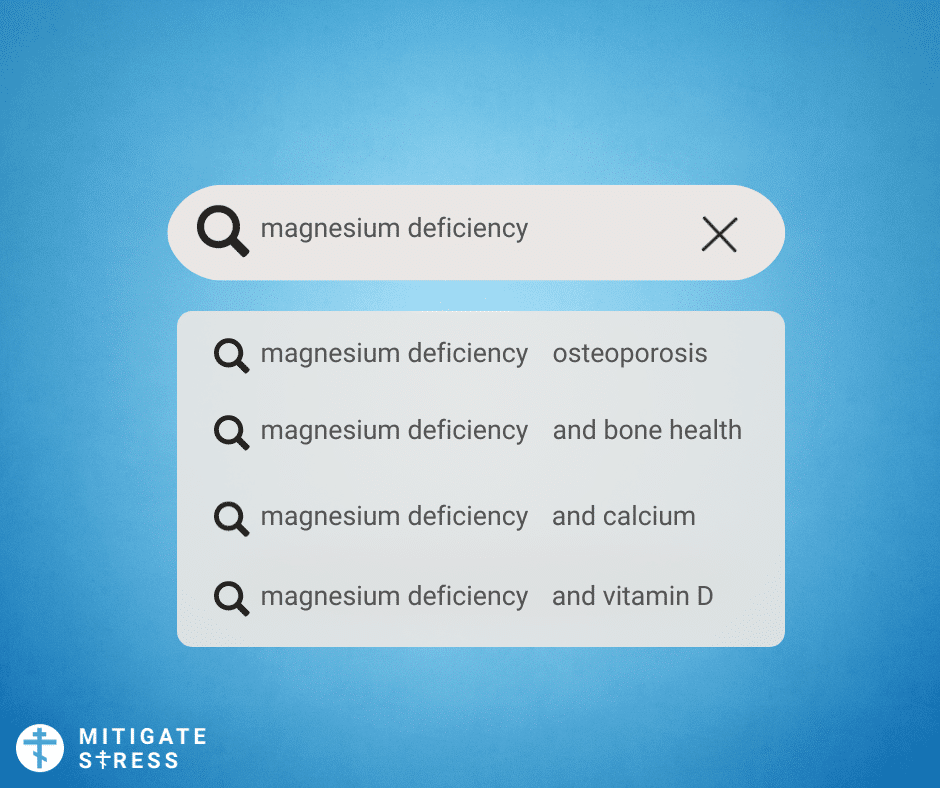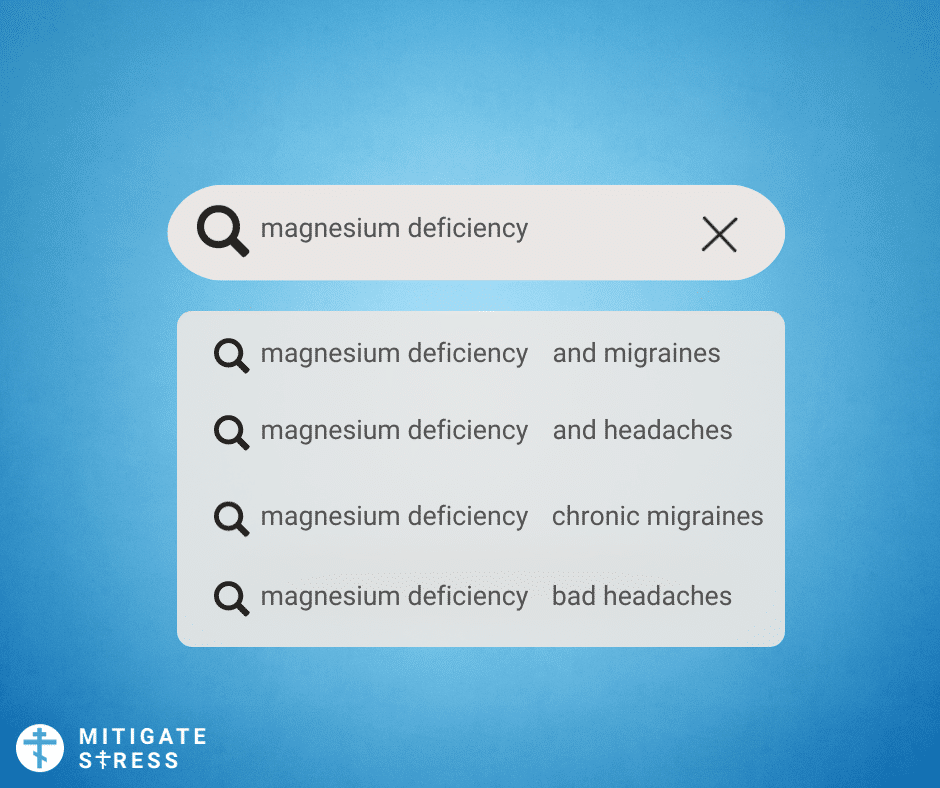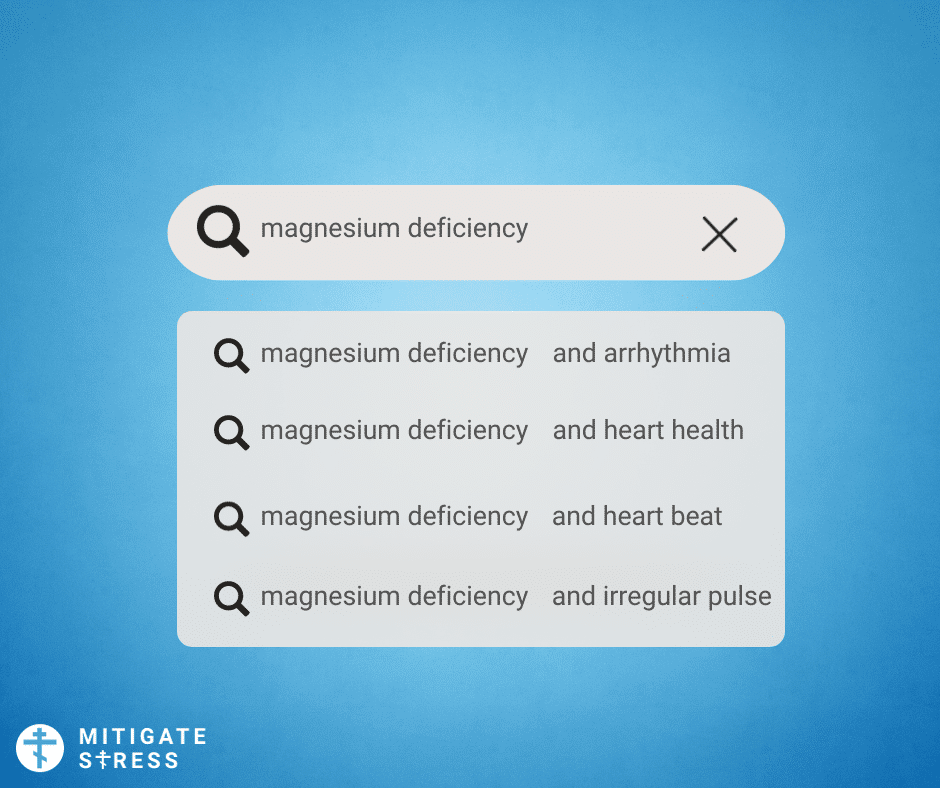“Why do I experience negative reactions when I ingest any form of magnesium?”
#1: You’re Taking Too Much Magnesium At Once rather than spreading the dose throughout the day.
We always suggest starting with a super low dose of magnesium bicarbonate (Our Master Mineral Drink), half of the normal dose recommended on the bottle, and diluting it with some R.O. water while sipping on it throughout the day rather than all at once. Magnesium absorption is steep until about 120 mg at a time; beyond that, it starts to level out. It does not stop there at all. It’s similar to vitamin C: you keep pushing, you keep absorbing, but the fact that there is a clear decline in the absorption rate suggests that we are better adapted to amounts up to more or less 120mg within a meal. Suchzord (Scientist/Researcher) suggests people spread doses throughout the day, and we agree with this 100%.
#2: You’re too sedentary; move and walk more OR ONLY consume magnesium when you work out.
When it comes to anything digestion-related, it is important to understand the mechanical twisting, pressure, and stimulation the body requires in order to properly digest and assimilate food, drinks, supplements, and nutrients in general. Walking plus slow breathing (with optimal expansion like a fish with gills). It’s the same as if you were to consume a meal high in sugar (without sufficient protein/fat to balance it out) and you feel shaky afterward; simply take a walk, twist in place, rotate for 5 minutes, lightly hop around, whatever gets the body moving. Just try to avoid mindless movements that don’t contribute to better posture and overall performance. Move intentionally. Walking and/or standing rotations are best. Remember, this is movement, not particularly exercise. Most people are movement-deficient. That’s our metabolism in a nutshell: sit less, move more. The more sedentary you are, the slower your metabolism will be; metabolism and circulation are life.
#3: You’re not consuming enough bioavailable macro mineral-rich foods.
Perhaps you should consume more bioavailable forms of potassium and calcium, and for some, even a high-quality source of sodium, such as Icelandic sea salt. Tests are great; the right kind of tests are better. But you can get a general idea based on the biofeedback mechanisms your body already innately has built in. See how you feel after consuming more bioavailable calcium, potassium, or sodium. Don’t overdo any of them; try to get a feel of where you are lacking. Some specialists, such as Dr. Ray Peat, Ph.D., suggest a higher calcium-to-magnesium ratio, such as a 3:1 ratio, and others suggest, in today’s world, something more along the lines of a 1:1 ca:mg ratio.
Calcium: Raw milk and other raw dairy, raw, dried, and crushed egg shells, and broth (not fiber) of locally grown organic greens. Even sardines have a good amount of calcium but don’t overdo it as the heavy metal content could be high, and for some, the “PUFAS” could be problematic if you overdo it. Plus, sardines are usually stored in an aluminum can.
Sodium: Icelandic Sea Salt is one of the best forms of salt that we recommend. A lot of salt is high in chloride without any other minerals present; this is toxic. Organic sodium from freshly pressed locally grown celery, peeled organic cucumbers, raw organic tomatoes, and other veggies (don’t overdo the oxalates). Also, as unpopular as this may be, raw eggs are surprisingly rich in bioavailable organic sodium; even raw cheese (unsalted) and raw dairy, in general, have a good amount of macro minerals. None of this is medical advice, of course.
Potassium: Organic locally grown potatoes, raw, grass-fed dairy (milk, cheese, raw kefir), raw organic fresh-pressed orange juice, and more. The issue is that a lot of our food is grown in NPK fertilized soil, and this is a very toxic/low-quality form of minerals; if you consume any veggie juices or even roots such as potatoes, the source will be key.
#4: Magnesium Pulls Metals, Using a Binder is Essential.
Magnesium has been proven to pull heavy metals from our tissues and, even more specifically, our brains. It is imperative that we utilize some kind of binding agent or “sponge” to prevent any heavy metals from recirculating back into our bloodstream or throughout our intestinal tract, where they will wreak havoc. The stomach also recirculates toxic chemicals, pollutants, and heavy metals roughly every 15-30 minutes, as Aajonus Vonderplanitz, Ph.D., proclaims. That being said, he suggests consuming a 1-2 tablespoon cube of raw, grass-fed, unsalted cheese (AmosMillerOrganics Farm from P.A. sells this) multiple times throughout the day to bind to any poisons and to prevent them from recirculating.
We have also written a very extensive blog, “All About Fats,” on this topic. It’s the same concept with parasite protocols performed every few years: kill them off, but you have to soak them up and push them out safely in order to prevent the recirculation of toxins, which can cause serious side effects. Consume more raw, grass-fed saturated fats in general throughout the day, don’t be afraid of raw fat, and definitely focus on more raw, grass-fed unsalted cheese throughout the day. Some suggest activated charcoal and sundried clays mixed in some mineral water (Gerolsteiner) are ideal in this context; either way, make sure that your foundation is set by consuming more raw, grass-fed, unsalted saturated fats. Fats aren’t just calories; they are also used to protect our bodies from poisons. Hence, when you consume a toxic animal, most of the toxins will be stored in the fat, the glands, the bones, the spine, and the brain. Fun fact: if you are traveling and only have access to poor quality meat/poultry, eating lean meat will be the safest and avoiding the fat from that animal if it was raised poorly while also trying to find a good quality organic raw saturated fat source on top of that such as organic coconut oil/cream, stone pressed olive oil or grass-fed raw butter. Check out our extensive Raw Fat Blog here.
#5: Change Your Application of Magnesium.
Oftentimes, we focus on just trying different forms, and that’s fine. In fact, we have an extensive blog (Check out this magnesium blog here) also written about this, diving into a lot of detail on each form of magnesium and which ones we prefer. That being said, obviously, we are biased, and we are going to recommend the two forms of magnesium that we make and sell: magnesium bicarbonate (internally, but can be used topically) and magnesium chloride (topically).
So, how can we optimize our magnesium levels by changing the application? Simple, you can take hot baths with lots of magnesium chloride flakes, bicarbonate, and sulfate (Epsom salts) all combined in one bath and soak in that for 30-90 minutes at roughly 103-107 degrees Fahrenheit combined with some sun-dried clay, apple cider vinegar (avoid Braggs, new ownership), and some sea salt as well. (Check out our bath blog protocol here). Research is now showing that foot soaks are the most efficient and effective way to systemically raise magnesium levels via topical application (through the skin).
As much as we recommend hot baths and how everyone should be relaxing in a filtered water, lymphatic hot bath at least 1-3x per week minimum, the literature does show how effective it is to uptake magnesium just through a simple foot soak for just 15-30 minutes. You could stack this with some red light therapy and oil pulling, perhaps some frankincense while relaxing to some 432hz classical music, just a thought. You can also just simply use our magnesium chloride spray, which smells absolutely divine. You can spray and massage a few pumps on your neck, chest, arms, legs, and feet and just let it soak in. This is the beauty of our products and why we carefully selected each one the way we did. You take a little bit of each throughout the day, a few sprays of the chloride on your body, and a few teaspoons of magnesium bicarbonate throughout the day, never all at once. We always want to picture hydration as a slow drip I.V. rather than a firehose, which simply backfires and creates more issues than you began with.
Let’s recap: How can we reduce the negative effects of taking magnesium?
- Never take more than 120mg of magnesium at a serving, and always start low and slow. Dilute magnesium bicarbonate in your normal drinking water supply throughout the day.
- Try to position your magnesium/electrolyte consumption around movement. This goes with anything food/nutrient related. Honestly, movement and pressure really help the body digest, assimilate, and utilize nutrients. Also helps manage blood sugar.
- Try consuming other forms of bioavailable macro minerals such as potassium, calcium, and organic sodium-rich foods (not chloride-rich). Raw grass-fed dairy, Icelandic sea salt, and etc.
- Use a binder with magnesium consumption (perhaps a few minutes after you consume magnesium). Activated charcoal, clay mixed in mineral water, and cubes of raw cheese throughout the day. Every 15, 30, 45, or 60 minutes on the clock throughout the day is best as heavy metals and other “poisons” recirculate and dump in the stomach every few minutes.
- Lastly, try using more topical applications throughout the day, a few sprays of magnesium chloride 3-5 on each part of your body: neck, pecs, arms, stomach, back, legs, feet, etc. Try magnesium chloride foot soaks alongside a minuscule amount of magnesium bicarbonate spread throughout the day.
Hope this helps!
In Christ,
Nick & Nathan
Sources:
https://www.ncbi.nlm.nih.gov/pmc/articles/PMC295344/
https://mitigatestress.com/magnesium-an-extensive-guide-on-each-form/






Thank you for this. I’ve been dehydrated and am going to try these tips. I was wondering if you guys have went into detail more about binding while taking magnesium. I don’t have raw cheese right now but I do have activated charcoal and clay. How exactly do I take that every 15 minutes if I’ve diluted the magnesium bicarbonate into my daily water? Thank you!
It’s not medical advice, but you could just take activated charcoal for 2 days and then take 2 days off. I’ll share a clay recipe as soon as possible. 3-4 hours away from food preferably at night with a fair amount of water (not too much). Also, consuming raw fat in general helps with this as well.